No Colombian adventure trip would be complete without a tour of the undisputed star of Colombia's Los Nevados National Park: Cocora Valley. "Cocora" comes from the name of an indigenous Quimbayan princess and means, "Star of Water." The mysterious and beautiful cloud forest in the valley makes that name especially apt, and the towering and rare wax palms have become a sort of symbol for the valley, drawing curious travelers from around the world. This temperate valley is found near the upper reach of the Quindio River, and is classified as a subtropical highland, rising up to 2400 m above sea level.
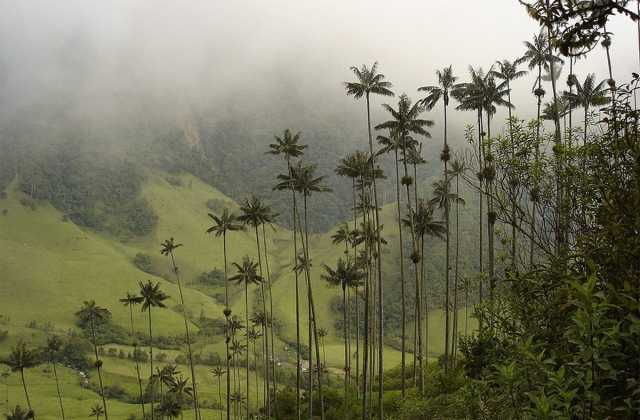
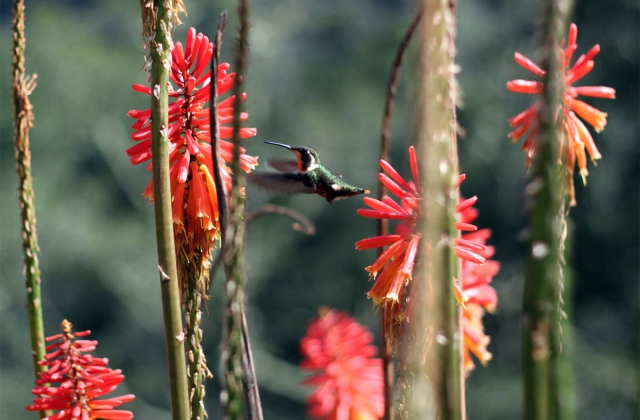 photo by Jonathan Hood (via Flickr)
photo by Jonathan Hood (via Flickr)
Preserving a natural treasure
Annexed into the already existing Los Nevados park in 1985, the Cocora Valley required protection for the wax palm, which was becoming endangered. It had been frequently harvested for the wax, as well as the wood for building, and even the palm fronds, which were popularly used on Palm Sunday as part of religious celebrations. These amazing palm trees reach average heights of 45 m (148 ft) and some have reached as much as 60 m (200 ft). Seeing these palms is one of the greatest highlights of a hike in Los Nevados, leaving tourists breathless with wonder. Wax palms can take nearly 80 years to reach full maturity, so the decision by the Colombian government to make them a protected species saved them from possible extinction, and they are now the official tree of Colombia.
Birding in Cocora
Many beautiful and unique birds make Cocora Valley their home. There is a hummingbird sanctuary, and the subtropical climate and elevation make an ideal home for other species, like the Andean Condor, and the Yellow Eared Parrot. This colorful and charming member of the parrot family mates from March to May in Colombia, and is especially fond of the fruit of the wax palm. The Yellow Eared Parrot is nomadic, so if you are lucky enough to travel to Cocora Valley at the right time, you might just catch a glimpse!
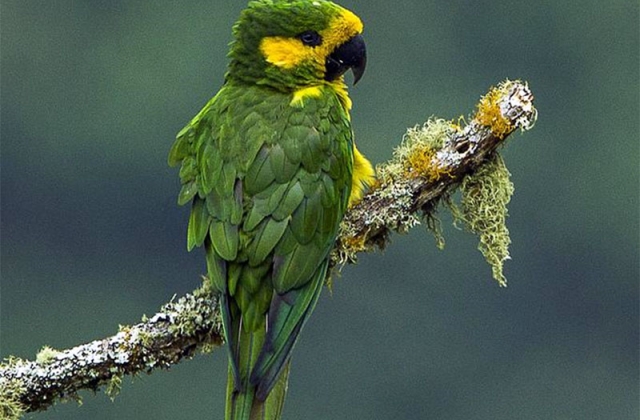 photo by Francesco Veronesi (via Flickr)
photo by Francesco Veronesi (via Flickr)
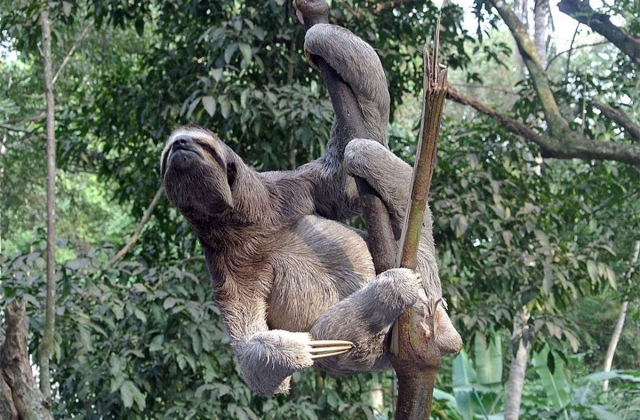 photo by Dick Culbert (via Flickr)
photo by Dick Culbert (via Flickr)
Unique flora and fauna
The torch lily, sometimes called the red hot poker, is a common flowering plant found throughout the hike. The nectar draws many bird and insect species to the valley, and surprisingly, this plant originated in South Africa! There are also a number of tree-dwelling sloths to be found in Cocora Valley. These fascinating creatures can actually move very quickly when endangered, but are usually so slow that they play host to other organisms, such as fungi, algae, beetles, and moths. They are absolutely adorable… and also kind of gross! Sloths are endangered, and are among many species that find protection within the national park.
Other activities
While the primary activity in the valley is hiking and observing birds and other natural elements, there are other opportunities in the surrounding areas, including camping and hiking through the rest of Los Nevados National park, as well as horseback riding, rafting, and swimming in the rivers nearby. In the restaurants at the entrance to Cocora Valley you can try freshly caught trout (a local specialty), as well as patacones (plantain fritters). Travelers can also visit some restaurants and do some shopping and sightseeing in Salento, a quaint colonial town close to Cocora.
Experience the wonders of Cocora Valley with Uncharted Colombia's trekking tours in Los Nevados. Colombia is waiting.

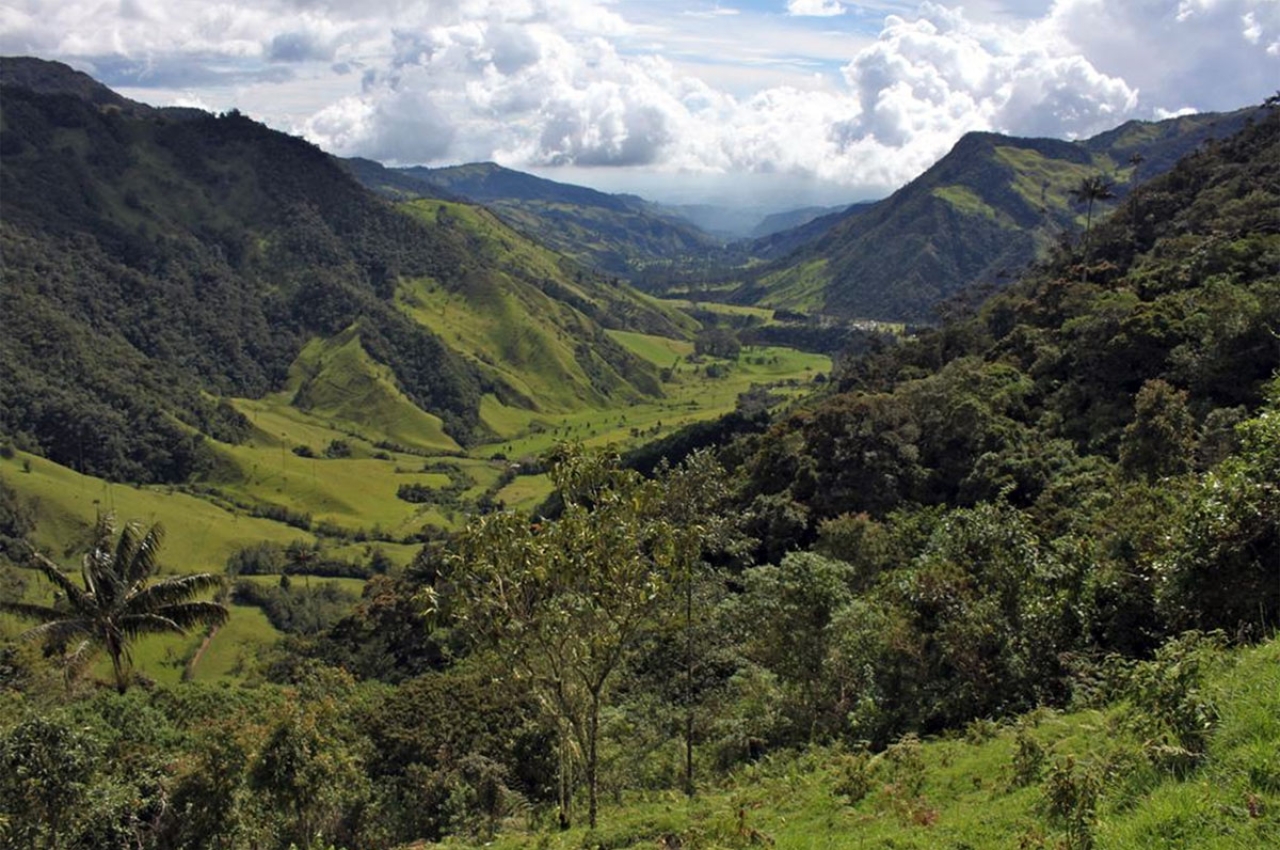 photo by Eli Duke (via Flickr)
photo by Eli Duke (via Flickr)